Collegiate Millennials Shape Culinary Trends of Tomorrow
This group’s need for powerful nutrition, flavorful food, comfort and indulgence, and speed and convenience are driving their food choices.
As incoming college freshmen packed their bags for school this fall, many said goodbye not only to family members, but also to existing eating habits. Thanks to innovative campus foodservice, adventurous global-cuisine restaurants and the influence of new acquaintances, impressionable students are exposed to new foods that quickly turn into favorites. They develop new eating habits and expectations that will stick with them long after graduation, impacting the food industry for decades to come, according to the recently released “Collegiate Gen Y Eating: Culinary Trend Mapping Report” by market research publisher Packaged Facts and San Francisco-based strategic food-and-beverage-innovation agency CCD Innovation.

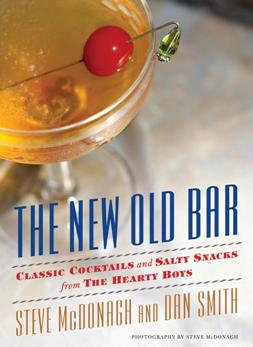 In the height of the sweltering summer, some seasonal, fruity favorites have fared well, while others are falling from favor.
In the height of the sweltering summer, some seasonal, fruity favorites have fared well, while others are falling from favor. Two effective strategies to consider are blogging and discovering, or instant research.
Two effective strategies to consider are blogging and discovering, or instant research.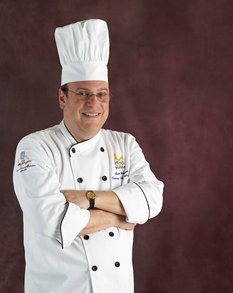 Myriad resources for training DVDs, posters, booklets and even free guest lecturers are there for the taking.
Myriad resources for training DVDs, posters, booklets and even free guest lecturers are there for the taking. The City of San Diego opens a much-wanted Public Market.
The City of San Diego opens a much-wanted Public Market.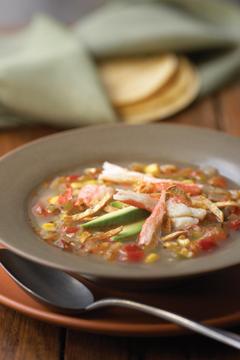 Did you know that a whopping 95% of all wild salmon is harvested in Alaska? From black cod to king crab to sockeye salmon, here’s a primer on Alaska’s sustainable finfish and shellfish for the classroom.
Did you know that a whopping 95% of all wild salmon is harvested in Alaska? From black cod to king crab to sockeye salmon, here’s a primer on Alaska’s sustainable finfish and shellfish for the classroom.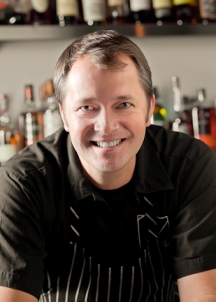 Sullivan University’s National Center for Hospitality Studies (NCHS) in Louisville, Ky., honored Chef Paul Virant of Chicago’s Perennial Virant with the prestigious Distinguished Visiting Chef award on Aug. 9. As recipient of the award, Virant presented on-campus cooking demonstrations in addition to a question-and-answer session held exclusively for Sullivan University students. He also signed copies of his book, The Preservation Kitchen: The Craft of Making and Cooking with Pickles, Preserves, and Aigre-doux.
Sullivan University’s National Center for Hospitality Studies (NCHS) in Louisville, Ky., honored Chef Paul Virant of Chicago’s Perennial Virant with the prestigious Distinguished Visiting Chef award on Aug. 9. As recipient of the award, Virant presented on-campus cooking demonstrations in addition to a question-and-answer session held exclusively for Sullivan University students. He also signed copies of his book, The Preservation Kitchen: The Craft of Making and Cooking with Pickles, Preserves, and Aigre-doux.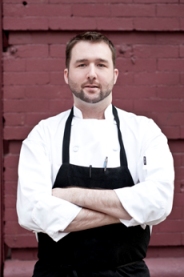 New England Culinary Institute alumnus Shawn Gawle has been named as a “Best New Pastry Chef 2012” by Food & Wine magazine.
New England Culinary Institute alumnus Shawn Gawle has been named as a “Best New Pastry Chef 2012” by Food & Wine magazine.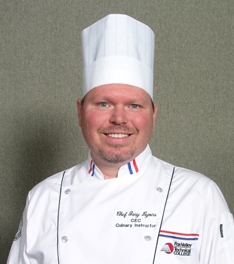 Chef Gary Lyons of the Fox Valley Technical College’s (FVTC) Chefs Gone Grillin’ culinary competition team took home first prize in the dessert competition at the 8th annual UP Hog Wild BBQ Competition held July 21 and 22 in Kingsford, Mich. The winning dessert was Jones Cherrywood Smoked Bacon & Maple Cheesecake.
Chef Gary Lyons of the Fox Valley Technical College’s (FVTC) Chefs Gone Grillin’ culinary competition team took home first prize in the dessert competition at the 8th annual UP Hog Wild BBQ Competition held July 21 and 22 in Kingsford, Mich. The winning dessert was Jones Cherrywood Smoked Bacon & Maple Cheesecake.